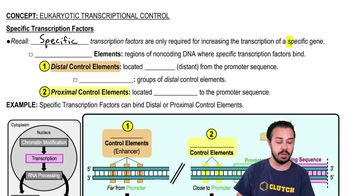The emergence of new infectious diseases is probably due to all of the following except
a. the need of bacteria to cause disease.
b. the ability of humans to travel by air.
c. changing environments (e.g., flood, drought, pollution).
d. a pathogen crossing the species barrier.
e. the increasing human population.




